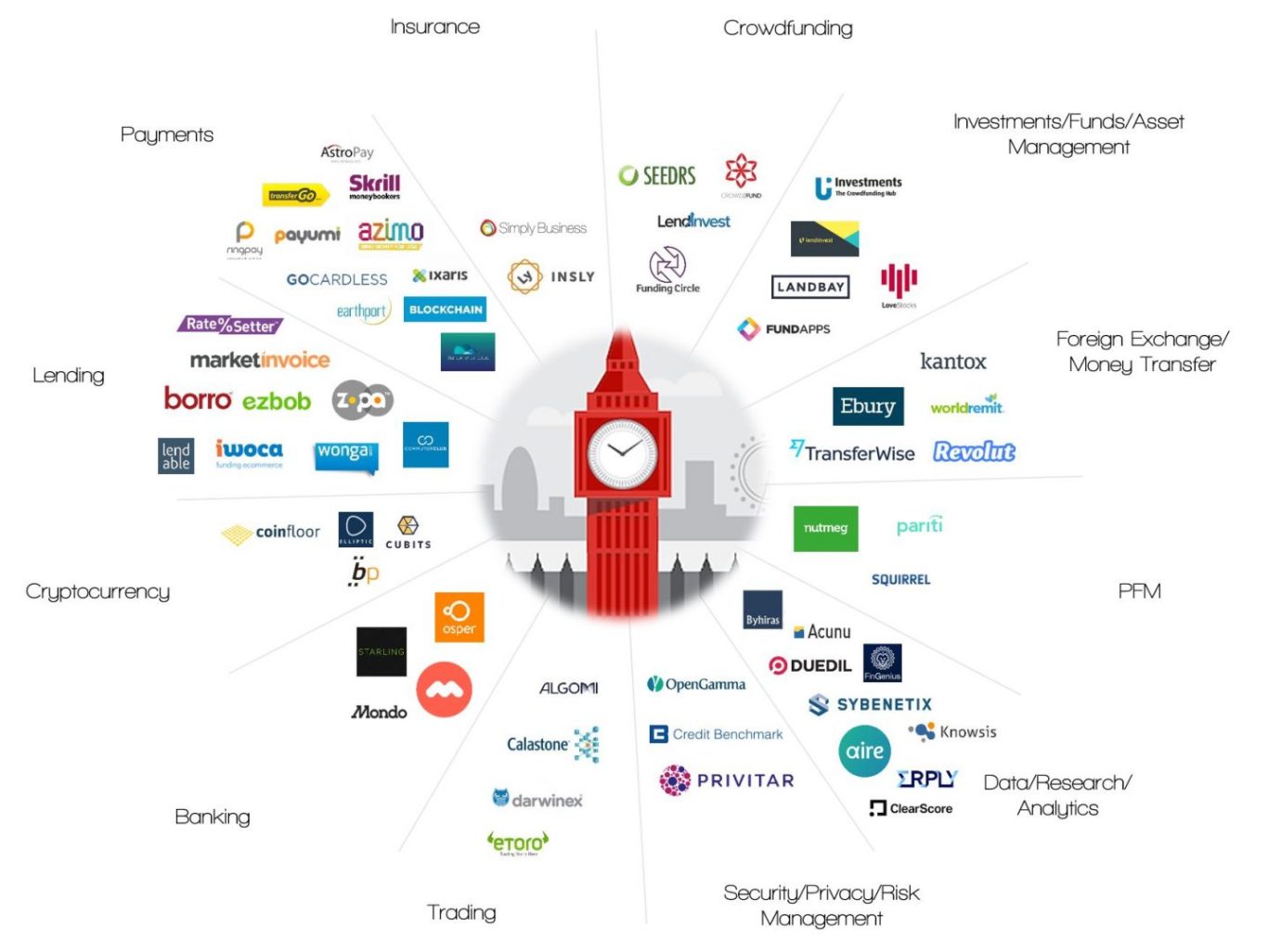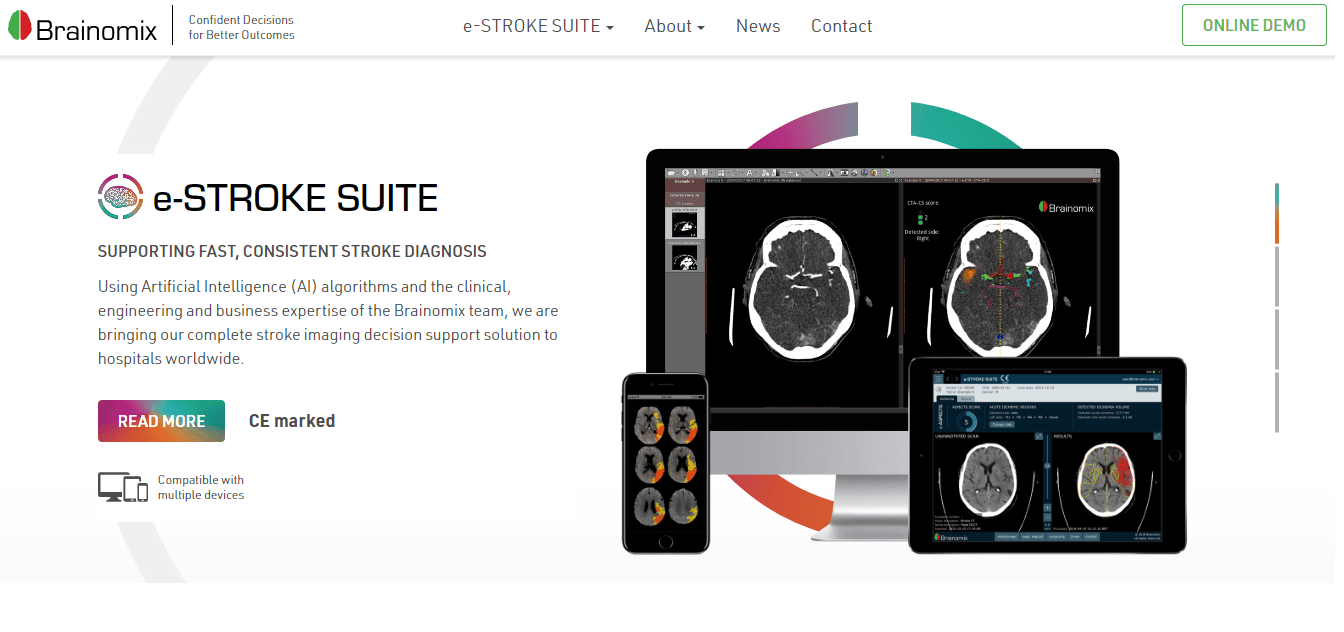When people think of research and development (R&D), they often picture large corporations or specialist science, tech or pharmaceutical companies. This explains why, despite the Government’s efforts to encourage innovation in UK industry through the introduction of R&D tax credits, only one in five (19%) of businesses that can be classed as being ‘innovation active’ have ever claimed money back for their time developing new products or processes. This could be due to the complicated nature of processing the claims, as many business owners may not understand what qualifies as R&D or how to go about making a claim. To help companies to better understand the confusing world of R&D tax credits, industry expert Nigel Urquhart, Technical Analyst at MPA Group, has outlined four things businesses could be doing to qualify for R&D tax credits - simply by continuing the work you’re already doing.
Developing technically improved products
If you are a business that manufactures products and you’re constantly working to improve those products through research and experimentation, this qualifies as R&D. One surprising thing is that whether you’re successful or not in developing a new product doesn’t actually matter as, in the case of R&D tax credits, any time spent on the process still counts. One company that has been successful in producing technically improved products and claiming R&D tax credits is Bee Lighting, which develops lighting for vehicles that are used on land, sky and sea. It has an innovative approach to work, investing in high design and engineering specialism to produce products that exactly meet a client brief for new bulbs. In one case, to create the right single small light for one client it developed and tested over 100 iterations of lens shape, 1000 frosting effects and four ways of fixing the lens. That led to a happy client, and the work that went into it qualified for a R&D tax rebate.
 Most innovative companies in the UK
Most innovative companies in the UK
Creating new systems or software to improve your quality of service
When businesses see a new software or manufacturing development that would enable them to improve their product or service, it’s common to look at ways of integrating that technical advancement into what they do in order to improve service quality. The good news is that if you’re doing that you could qualify for R&D tax credits. One example of a business that has done this successfully is Logistex, a leading logistics integration company, which worked in collaboration with Pharmacy2U, a pioneer in digital healthcare, to design and develop an automated system to accurately pick, pack and dispatch both prescribed and over-the-counter medicines, at a rate of over 600 prescription orders per hour. The new system integrates a range of technologies, including pick to light, an automated packaging solution and automated twin headed dispensing robots; all of which presented technical challenges in development. Bringing these new technologies into its offering helps move the industry forward and enabled Logistex to claim R&D tax credits.
Modifying existing systems to improve efficiency, capacity or performance
Almost every business, no matter which industry or market it operates in, will want to improve efficiency, capacity and performance. Looking at ways to improve this won’t only increase output, sales and, long-term, the profit of the business, it will also qualify the organisation for R&D tax credits. Brainomix, a world leader in imaging software for neurological and cerebrovascular diseases, identified that a lack of timely, available expertise for brain CT scan interpretation can delay stroke patients from accessing life-saving treatments. Building on the systems that are already out there, it has since developed the CE-marked, award-winning stroke imaging software, e-ASPECTS. This modification to the existing CT scan helped support stroke physicians deliver fast, consistent diagnosis. However, organisations don’t need to be saving lives to qualify, they just need to show how the work they have done has improved performance.
 Brainomix, a world leader in imaging software for neurological and cerebrovascular diseases, identified that a lack of timely, available expertise for brain CT scan interpretation can delay stroke patients from accessing life-saving treatments
Brainomix, a world leader in imaging software for neurological and cerebrovascular diseases, identified that a lack of timely, available expertise for brain CT scan interpretation can delay stroke patients from accessing life-saving treatments
Developing bespoke solutions for particular problems
Every client is different and there won’t be many businesses that haven’t been presented with a unique problem by a particular client. Principally of course, the work that goes in to developing solutions for a particular problem is to meet your client’s needs. However, it also has the added benefit that it makes you eligible for R&D tax credits. One business that has been able to do this successfully is 48.3 Scaffold Design Limited, highly skilled structural engineers who design and develop scaffolding systems for commercial projects throughout the UK. It believes that it’s not about generic scaffold designs, and want to create unique systems and challenging projects that develop new solutions. By taking this distinct approach and pushing the boundaries in its field, the business qualifies for R&D tax credits - like many others in the building sector which are looking for ways to improve current systems. Nigel Urquhart, Technical Analyst at MPA Group, adds: “In our experience, UK businesses are some of the most innovative in the world when it comes to advancing their products, systems and services. However, relatively few are aware that this entitles them to make huge savings when it comes to R&D tax credits. Of course, most businesses develop new products and processes simply to meet the needs of clients and customers, yet this quality of service doesn’t only help improve reputation, it could easily save them tens of thousands of pounds each year too.”